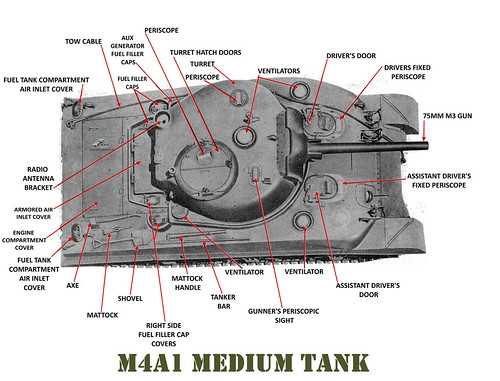
For anyone interested in firearms, having a clear understanding of the individual components of a rifle is crucial. This knowledge helps in proper assembly, maintenance, and troubleshooting, ensuring the weapon functions optimally. Each element of the rifle plays a vital role in its performance, and recognizing these components enhances the user’s ability to handle the weapon effectively.
Identifying and learning about the various parts of an M4 rifle can be overwhelming at first. However, by breaking down the different sections, you can gain a deeper appreciation of their purpose and how they work together. Understanding each piece’s role will enable you to address any issues more efficiently and ensure longevity and safety during use.
In this guide, we will explore the most common components of the M4 rifle, highlighting their functions and how they contribute to the overall performance of the weapon. By the end, you’ll be better equipped to identify and understand the parts that make up the M4 and their specific roles.
Understanding M4 Parts and Components
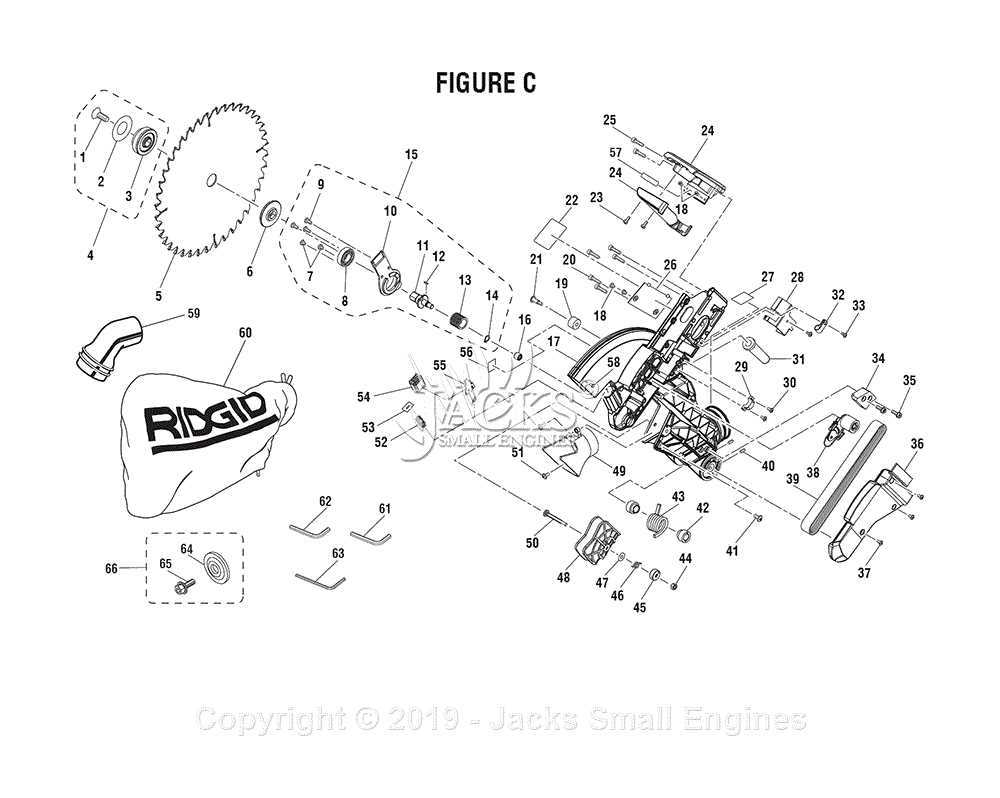
The M4 rifle is composed of several essential elements that work in unison to ensure reliable performance. Each component contributes to the weapon’s overall function, whether for aiming, firing, or reloading. Gaining a solid understanding of these components is vital for both beginners and experienced users.
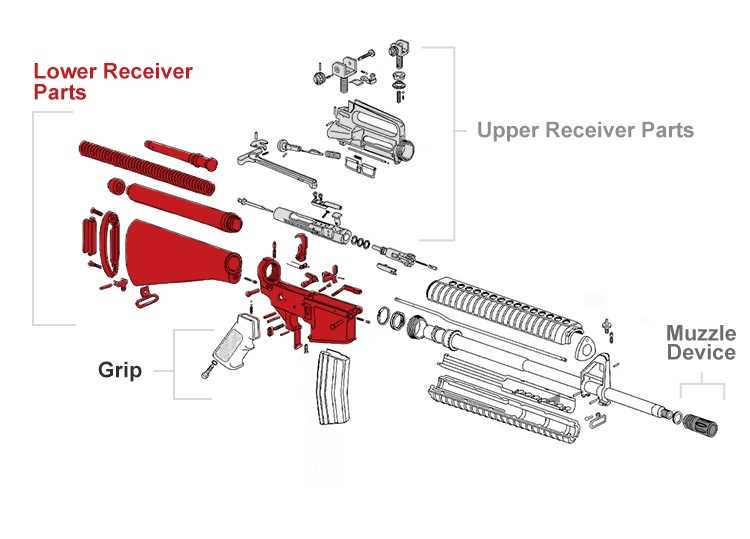
When examining the M4, it’s helpful to categorize its components into distinct sections to better grasp their individual roles. These categories typically include the following:
- Upper Receiver: This houses key elements like the bolt carrier group and chamber, playing a central role in cycling the rifle.
- Lower Receiver: Contains the trigger mechanism, magazine well, and other critical control parts, directly influencing the rifle’s handling.
- Barrel Assembly: Responsible for the accuracy and direction of the bullet, this section includes the barrel, gas system, and muzzle device.
- Stock and Grip: These parts are essential for stability, providing comfort and control for the shooter during operation.
- Sights and Optics: These components assist with aiming, ranging from simple iron sights to advanced scopes and reflex sights.
Each of these groups is made up of smaller, highly specialized components that interact to perform specific tasks. For instance, the upper receiver contains the charging handle, bolt carrier, and other elements crucial for loading and unloading ammunition. Similarly, the lower receiver integrates the trigger assembly and safety mechanisms, all of which are vital to the safe and efficient operation of the rifle.
By familiarizing yourself with these various components, you can enhance both your maintenance and handling of the M4. Understanding how each section works will also help in diagnosing issues and performing repairs or upgrades effectively.
How to Read a Labeled M4 Diagram
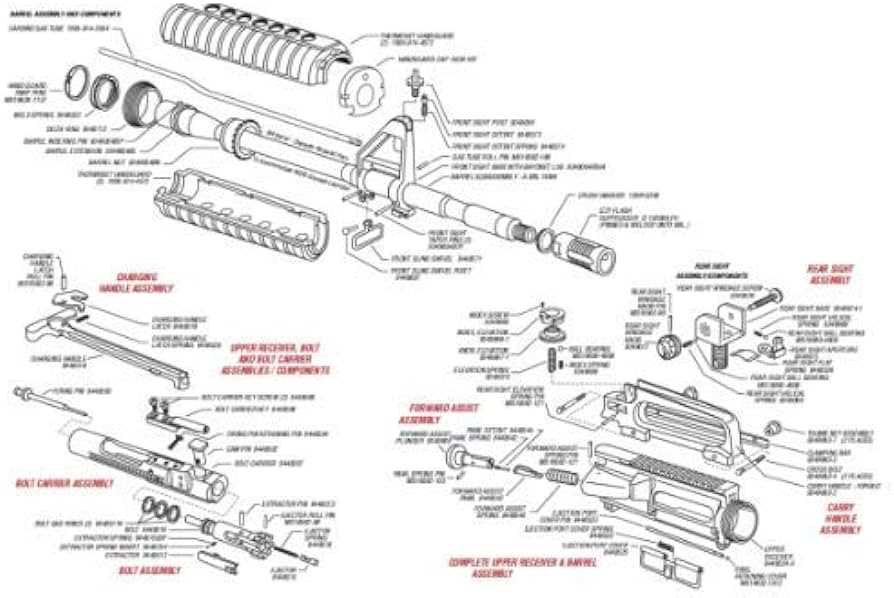
Understanding how to interpret a visual representation of the M4 rifle’s components is essential for both novice and experienced users. These visual guides provide a clear layout of the weapon, offering labels that identify each section and part. By learning how to read these guides, you gain a deeper understanding of the rifle’s construction and function, making it easier to identify components during maintenance or assembly.
To begin, focus on the overall structure and layout of the illustration. Typically, each component will be numbered or labeled with a clear reference to its name or function. Pay attention to the orientation of the weapon in the image, as this can affect how you view each part. For example, a diagram showing the rifle from a side view will differ in how it presents the upper and lower receivers.
Additionally, it’s important to understand the relationship between the different components shown. The illustration will often highlight how parts like the barrel, stock, or trigger mechanism are connected and work together within the rifle’s system. Recognizing these connections can help in troubleshooting or replacing parts when necessary.
Finally, some guides will include additional information, such as measurements, material types, or assembly instructions. These extra details can provide useful insights when performing repairs, upgrades, or simple maintenance tasks, making it easier to replace or adjust parts as needed.
Common M4 Components and Their Functions
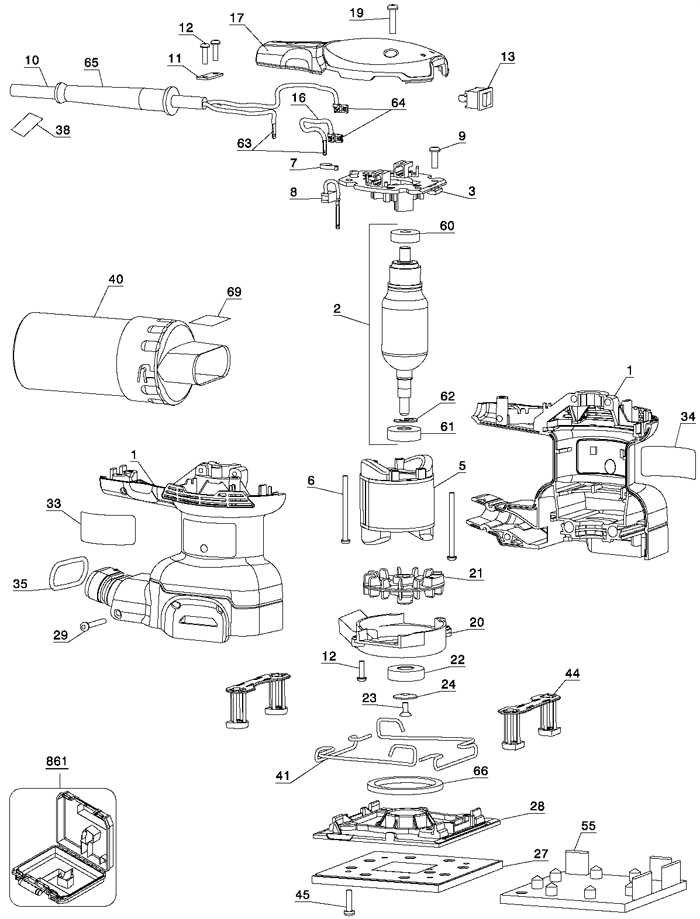
The M4 rifle consists of several key elements, each contributing to the overall operation and effectiveness of the weapon. Understanding the role of these individual components is crucial for both proper handling and maintenance. Every piece within the system serves a specific function, and knowing what each part does helps ensure the rifle operates at its full potential.
Among the most essential elements are the upper receiver and lower receiver, which house several critical mechanisms. The upper receiver contains the bolt carrier group, responsible for cycling rounds, while the lower receiver houses the trigger assembly and other controls, allowing the shooter to engage the weapon efficiently.
The barrel is another significant component, influencing the accuracy and range of the rifle. It works in conjunction with the gas system, which helps cycle the action and reload the rifle after each shot. The muzzle device, attached at the front of the barrel, can be configured for various purposes, such as reducing recoil or flash visibility.
Additionally, the stock and grip are designed for user comfort and stability. These elements ensure proper handling and provide a secure grip, allowing for better control during shooting. The sight system, whether traditional iron sights or modern optics, helps the shooter aim accurately, ensuring precision in targeting.